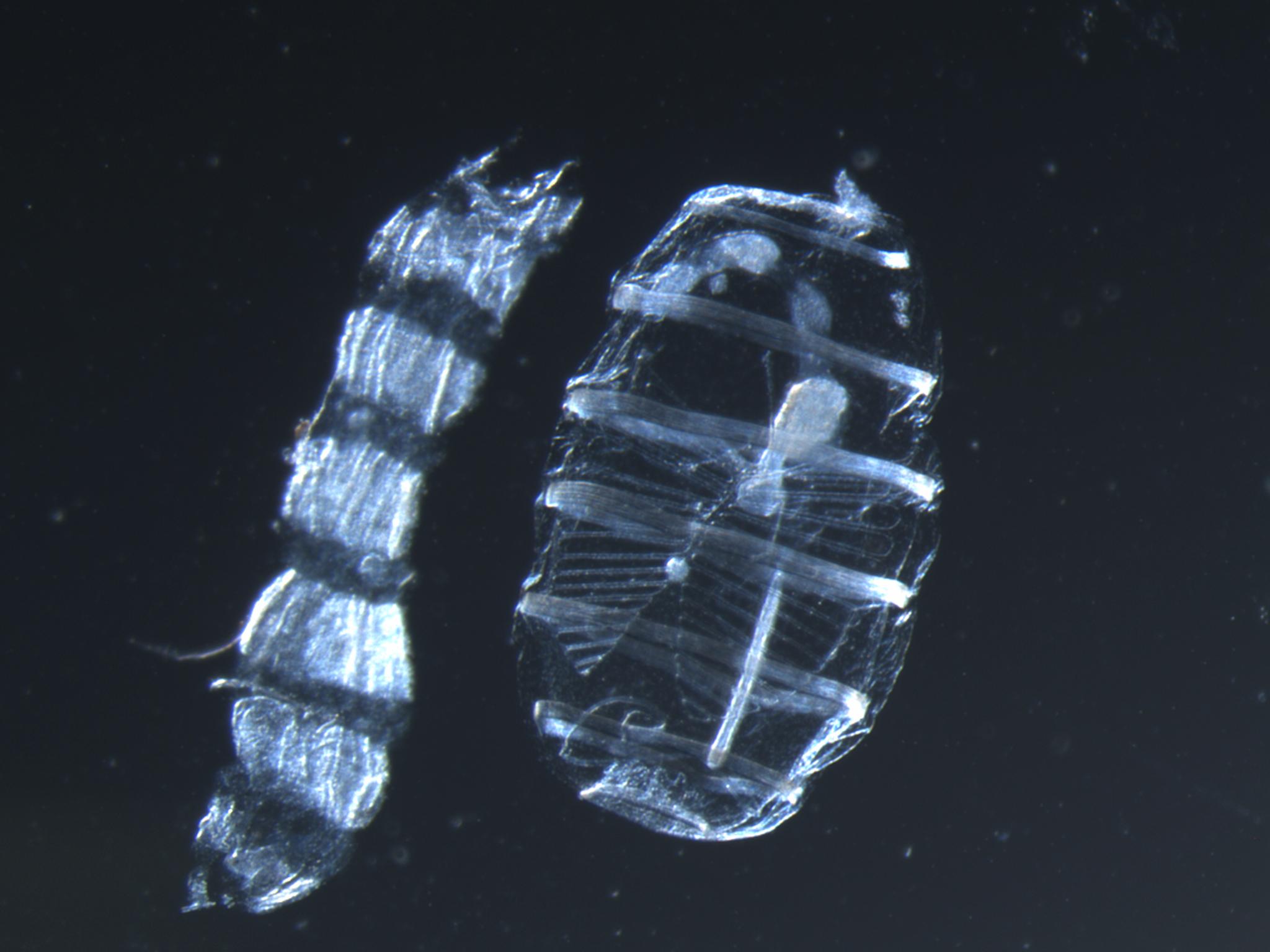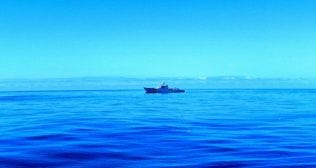Marine
Monitoring Microscopic Marine Life – Bridging Traditional and Modern Identification Methods
February 21, 2025 by Marine Directorate Communications No Comments | Category Uncategorized
In the first of a new series of blogs Professor Mark Inall, Chief Scientific Adviser Marine to the Scottish Government, looks at the challenges and opportunities of new ways to study the smallest of marine life.
Plankton – microscopic plants and animals that live in the water – form the base of the marine food web, supporting all marine life. They are a vital food source for shellfish and fish larvae, including commercially important species that contribute to Scotland’s Blue Economy. The Marine Directorate runs the Scottish Coastal Observatory (SCObs), an environmental monitoring programme that has tracked plankton in Scottish waters for over 25 years.
Understanding Plankton Changes and Their Impact
Assessments of the marine environment in Northeast Atlantic waters have revealed concerning changes in the plankton community over the last six decades. In 2023, the plankton community in marine waters was assessed as being in not good status.
Some plankton groups can form harmful algal blooms (HABs) which can negatively affect the aquaculture industry and the marine environment. The aquaculture industry is seeking real-time early warning mechanisms to help develop management actions to reduce impacts from these blooms.
Combining Traditional and Modern Techniques
Standard plankton monitoring relies on expert taxonomic analysts who identify, classify and count the plankton in samples from long-term monitoring programmes. These methods allow scientist to compare data over long time periods and across different research institutes worldwide.
New technologies, such as automated imaging systems and molecular methods, offer the potential to improve our understanding of the plankton community. Automated imaging machines can sample and identify selected plankton while molecular techniques analyse DNA or RNA to detect the species present in a sample. These new methods are not yet integrated into routine monitoring programmes in Scottish waters.
A recent study by Holland et al. 2025 highlighted the need to establish clear pathways for validating these new technologies. For them to be effective, traditional taxonomic skills must be maintained and developed. However, there is currently a global shortage of scientists with these specialist skills, which raises concerns about future monitoring capacity.
Collaboration for Effective Innovation
Successfully integrating new technologies requires collaboration between policymakers, scientists and industry. These innovations often need expertise in engineering, advanced computing, and molecular analysis to ensure their effectiveness in real world monitoring.
One example is the trial of the Imaging Flow Cytobot (IFCB) in Shetland. This initiative involves government, academia, industry and other stakeholders working together to test IFCB technology. The goal is to provide an early warning of HABs at a Scottish Seafood site at Cole Deep and the Scottish Coastal Observatory monitoring site at Scalloway.
Moving Forward: Innovation with Expertise
As new monitoring technologies emerge, it is crucial to retain human expertise until automated systems are fully developed. True innovation intelligently builds on the wisdom of the past. Training semi-automated identification systems requires expert application of hard-learnt human skill. By merging time-tested techniques with cutting-edge technologies, we can develop solutions that are highly effective in tackling today’s ever mounting challenges in the face of global climate change. A salutary lesson here is to maintain human expertise until automated systems are fully trained, or risk falling down the gap: Mind the Gap, indeed!



Leave a comment